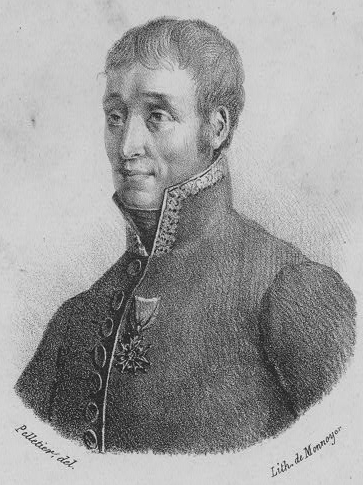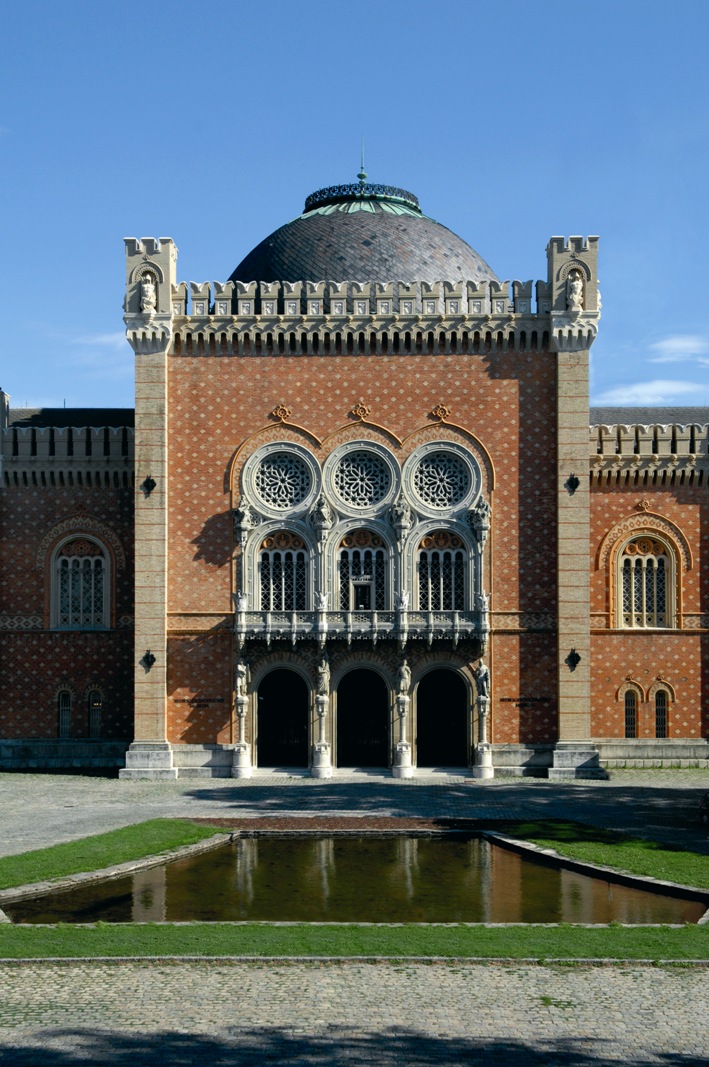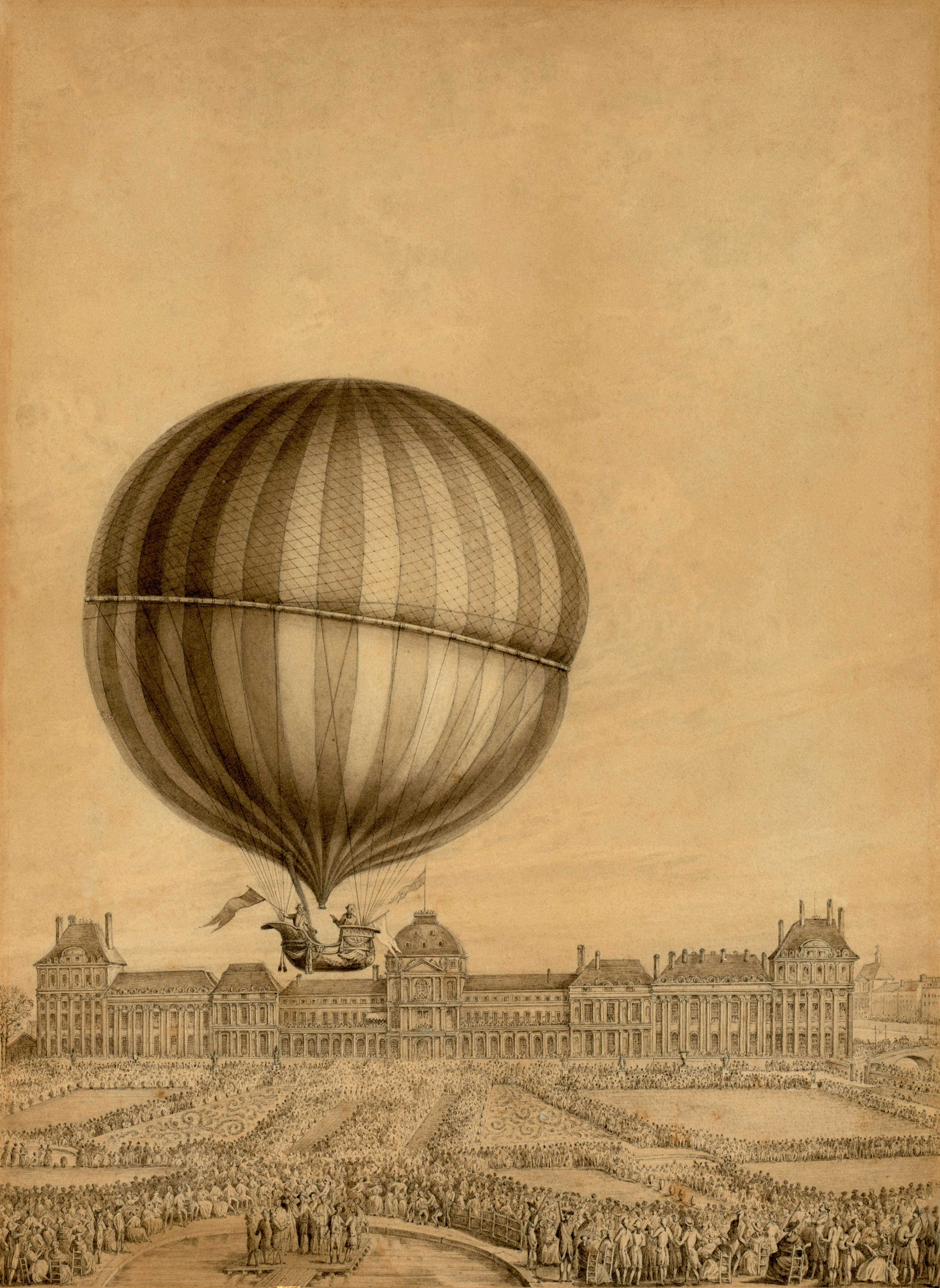|
L'Intrépide
''L'Intrépide'' ("The Intrepid") was a hydrogen balloon of the '' Compagnie d'Aérostiers'' (French Aerostatic Corps) and is the oldest preserved manned aircraft in Europe.Information plaque displayed in the '' Heeresgeschichtliches Museum'': "Da es sich hierbei um das älteste noch bekannte Luftfahrzeug Europas handelte, mußte nicht zuletzt aus Rücksicht auf konservatorische Bedingungen die originale Ballonhülle entsprechend gesondert untergebracht werden." ''L'Intrépide'' was the larger of two observation balloons, the other being '' Hercule'' ("Hercules"), issued to the Aerostatic Corps in June 1795, twelve years after the pioneering hydrogen balloon flights of Professor Jacques Charles and the Robert brothers in Paris. These balloons were used by the Corps's first company attached to General Jourdan's Army of Sambre-et-Meuse in 1796. When that army was defeated by Austrian forces at the Battle of Würzburg on 3 September 1796, the balloon was captured and taken ... [...More Info...] [...Related Items...] OR: [Wikipedia] [Google] [Baidu] |
Compagnie D'Aérostiers
The French Aerostatic Corps or Company of Aeronauts (french: compagnie d'aérostiers) was the world's first balloon unit,Jeremy Beadle and Ian Harrison, ''First, Lasts & Onlys: Military'', p. 42 founded in 1794 to use balloons, primarily for reconnaissance. Experimentation Numerous suggestions had been made for the use of balloons during the French Revolutionary Wars, and in 1793 the Committee of Public Safety began testing their potential. Initial tests of airship designs proved unsatisfactory.F. Stansbury Haydon, ''Military Ballooning During the Early Civil War'', pp.5-15 However, experiments conducted near the Tuileries from September to October 1793 to produce the required hydrogen without the use of sulphuric acid, which was in short supply, were successful, producing more than 20 cubic metres.Charles Coulston Gillispie, ''Science and Polity in France: The Revolutionary and Napoleonic Years'', pp. 372-373 As a result, the Committee determined to use this technique to floa ... [...More Info...] [...Related Items...] OR: [Wikipedia] [Google] [Baidu] |
Observation Balloon
An observation balloon is a type of balloon that is employed as an aerial platform for intelligence gathering and artillery spotting. Use of observation balloons began during the French Revolutionary Wars, reaching their zenith during World War I, and they continue in limited use today. Synonyms include espionage balloon, reconnaissance balloon, or surveillance balloon. Historically, observation balloons were filled with hydrogen. The balloons were fabric envelopes filled with hydrogen gas, whose flammable nature led to the destruction of hundreds of balloons on both sides. Observers manning these observation balloons frequently had to use a parachute to evacuate their balloon when it came under attack. To avoid the potentially flammable consequences of hydrogen, observation balloons after World War I were often filled with non-flammable helium. Typically, balloons were tethered to a steel cable attached to a winch that reeled the gasbag to its desired height (usually 1,000- ... [...More Info...] [...Related Items...] OR: [Wikipedia] [Google] [Baidu] |
Hercule (hydrogen Balloon)
Hercule may refer to: Fictional characters * Hercules, in Roman mythology * Hercule Poirot, a detective created by Agatha Christie * Hercule Flambeau, in the Father Brown mysteries by G. K. Chesterton * Hercule (''Dragon Ball'') or Mr. Satan, in the ''Dragon Ball'' franchise * Hercule, from the comic book '' Pif et Hercule'' People * Hercule, Duke of Montbazon (1568–1654), French peer * Hercule Audiffret (1603-1659), French orator and religious writer * Hercule Corbineau (1780–1823), French soldier * Hercule Dupré (1844–1927), Canadian farmer, lumber merchant, and political figure * Hercule Mériadec, Duke of Rohan-Rohan (1669–1749) * Hercule Mériadec, Prince of Guéméné (1688–1757) * Hercule Nicolet (1801–1872), Swiss lithographer, natural history illustrator, librarian, and entomologist * Hercule de Serre (1776–1824), French soldier, lawyer, and politician * Hercule-Louis Turinetti, marquis of Prié (1658–1726), Dutch noble Other uses * ''Hercule'' ( ... [...More Info...] [...Related Items...] OR: [Wikipedia] [Google] [Baidu] |
Heeresgeschichtliches Museum
The Museum of Military History – Military History Institute (german: Heeresgeschichtliches Museum – Militärhistorisches Institut) in Vienna is the leading museum of the Austrian Armed Forces. It documents the history of Austrian military affairs through a wide range of exhibits comprising, above all, weapons, armours, tanks, aeroplanes, uniforms, flags, paintings, medals and badges of honour, photographs, battleship models, and documents. Although the museum is owned by the Federal Government, it is not affiliated to the Federal museums but is organised as a subordinate agency reporting directly to the Ministry of Defence and Sports.''Weißbuch 2012''. Amtliche Publikation der Republik Österreich/Bundesminister für Landesverteidigung und Sport, Wien 2013, S. 58 f. The museum building and its history The museum building (Arsenal object number 18) is the centrepiece of Vienna's Arsenal, a huge military complex previously consisting of a total of 72 buildi ... [...More Info...] [...Related Items...] OR: [Wikipedia] [Google] [Baidu] |
Hydrogen Balloon
Hydrogen is the chemical element with the Symbol (chemistry), symbol H and atomic number 1. Hydrogen is the lightest element. At standard temperature and pressure, standard conditions hydrogen is a gas of diatomic molecules having the chemical formula, formula . It is transparency (optics), colorless, sense of smell, odorless, tasteless, non-toxic, and highly combustible. Hydrogen is the abundance of the chemical elements, most abundant chemical substance in the universe, constituting roughly 75% of all baryon, normal matter.However, most of the universe's mass is not in the form of baryons or chemical elements. See dark matter and dark energy. Stars such as the Sun are mainly composed of hydrogen in the plasma state. Most of the hydrogen on Earth exists in Molecular geometry, molecular forms such as water and organic compounds. For the most common isotope of hydrogen (symbol 1H) each atom has one proton, one electron, and no neutrons. In the early universe, the formation of pro ... [...More Info...] [...Related Items...] OR: [Wikipedia] [Google] [Baidu] |
Vienna
en, Viennese , iso_code = AT-9 , registration_plate = W , postal_code_type = Postal code , postal_code = , timezone = CET , utc_offset = +1 , timezone_DST = CEST , utc_offset_DST = +2 , blank_name = Vehicle registration , blank_info = W , blank1_name = GDP , blank1_info = € 96.5 billion (2020) , blank2_name = GDP per capita , blank2_info = € 50,400 (2020) , blank_name_sec1 = HDI (2019) , blank_info_sec1 = 0.947 · 1st of 9 , blank3_name = Seats in the Federal Council , blank3_info = , blank_name_sec2 = GeoTLD , blank_info_sec2 = .wien , website = , footnotes = , image_blank_emblem = Wien logo.svg , blank_emblem_size = Vienna ( ; german: Wien ; ... [...More Info...] [...Related Items...] OR: [Wikipedia] [Google] [Baidu] |
Early Flight 02561u (1)
{{disambiguation, geo ...
Early may refer to: History * The beginning or oldest part of a defined historical period, as opposed to middle or late periods, e.g.: ** Early Christianity ** Early modern Europe Places in the United States * Early, Iowa * Early, Texas * Early Branch, a stream in Missouri * Early County, Georgia Other uses * ''Early'' (Scritti Politti album), 2005 * ''Early'' (A Certain Ratio album), 2002 * Early (name) * Early effect, an effect in transistor physics * Early Records, a record label * the early part of the morning See also * Earley (other) Earley is a town in England. Earley may also refer to: * Earley (surname), a list of people with the surname Earley * Earley (given name), a variant of the given name Earlene * Earley Lake, a lake in Minnesota *Earley parser, an algorithm *Earley ... [...More Info...] [...Related Items...] OR: [Wikipedia] [Google] [Baidu] |
Hydrogen Balloon
Hydrogen is the chemical element with the Symbol (chemistry), symbol H and atomic number 1. Hydrogen is the lightest element. At standard temperature and pressure, standard conditions hydrogen is a gas of diatomic molecules having the chemical formula, formula . It is transparency (optics), colorless, sense of smell, odorless, tasteless, non-toxic, and highly combustible. Hydrogen is the abundance of the chemical elements, most abundant chemical substance in the universe, constituting roughly 75% of all baryon, normal matter.However, most of the universe's mass is not in the form of baryons or chemical elements. See dark matter and dark energy. Stars such as the Sun are mainly composed of hydrogen in the plasma state. Most of the hydrogen on Earth exists in Molecular geometry, molecular forms such as water and organic compounds. For the most common isotope of hydrogen (symbol 1H) each atom has one proton, one electron, and no neutrons. In the early universe, the formation of pro ... [...More Info...] [...Related Items...] OR: [Wikipedia] [Google] [Baidu] |
Jacques Charles
Jacques Alexandre César Charles (November 12, 1746 – April 7, 1823) was a French inventor, scientist, mathematician, and balloonist. Charles wrote almost nothing about mathematics, and most of what has been credited to him was due to mistaking him with another Jacques Charles, also a member of the Paris Academy of Sciences, entering on May 12, 1785. He was sometimes called Charles the Geometer. Charles and the Robert brothers launched the world's first unmanned hydrogen-filled gas balloon in August 1783; then in December 1783, Charles and his co-pilot Nicolas-Louis Robert ascended to a height of about 1,800 feet (550 m) in a manned gas balloon. Their pioneering use of hydrogen for lift led to this type of balloon being named a ''Charlière'' (as opposed to a Montgolfière which used hot air). Charles's law, describing how gases tend to expand when heated, was formulated by Joseph Louis Gay-Lussac in 1802, but he credited it to unpublished work by Jacques Charles. Cha ... [...More Info...] [...Related Items...] OR: [Wikipedia] [Google] [Baidu] |
Robert Brothers
Les Frères Robert were two French brothers. Anne-Jean Robert (1758–1820) and Nicolas-Louis Robert (1760–1820) were the engineers who built the world's first hydrogen balloon for professor Jacques Charles, which flew from central Paris on 27 August 1783. They went on to build the world's first manned hydrogen balloon, and on 1 December 1783 Nicolas-Louis accompanied Jacques Charles on a 2-hour, 5-minute flight. Their barometer and thermometer made it the first balloon flight to provide meteorological measurements of the atmosphere above the Earth's surface. The brothers subsequently experimented with an elongated elliptical shape for the hydrogen envelope in a balloon they attempted to power and steer by means of oars and umbrellas. In September 1784 the brothers flew 186 km from Paris to Beuvry, the world's first flight of more than 100 km. Career Background The Robert brothers were skilled engineers with a workshop at the '' Place des Victoires'' in Pari ... [...More Info...] [...Related Items...] OR: [Wikipedia] [Google] [Baidu] |
Jean-Baptiste Jourdan
Jean-Baptiste Jourdan, 1st Count Jourdan (29 April 1762 – 23 November 1833), was a French military commander who served during the French Revolutionary Wars and the Napoleonic Wars. He was made a Marshal of the Empire by Emperor Napoleon I in 1804. He was also a Jacobin politician during the Directory phase of the French Revolution, serving as member of the Council of Five Hundred between 1797 and 1799. One of the most successful commanders of the French Revolutionary Army, Jourdan is best remembered in the Revolution for leading the French to a decisive victory over the First Coalition at the Battle of Fleurus, during the Flanders campaign. Under the Empire he was rewarded by Napoleon with the title of Marshal and continued to hold military assignments, but suffered a major defeat at the Battle of Vitoria, which resulted in the Empire's permanent loss of Spain. In 1815 he became reconciled with the Bourbon Restoration, and later supported the July Revolution and serve ... [...More Info...] [...Related Items...] OR: [Wikipedia] [Google] [Baidu] |
Army Of Sambre-et-Meuse
The Army of Sambre and Meuse (french: Armée de Sambre-et-Meuse) was one of the armies of the French Revolution. It was formed on 29 June 1794 by combining the Army of the Ardennes, the left wing of the Army of the Moselle and the right wing of the Army of the North. Its maximum paper strength (in 1794) was approximately 120,000. After an inconclusive campaign in 1795, the French planned a co-ordinated offensive in 1796 using Jean-Baptiste Jourdan's Army of the Sambre et Meuse and the Army of the Rhine and Moselle commanded by his superior, Jean Victor Moreau. The first part of the operation called for Jourdan to cross the Rhine north of Mannheim and divert the Austrians while the Army of the Moselle crossed the southern Rhine at Kehl and Huningen. This was successful and, by July 1796, a series of victories forced the Austrians, commanded by Archduke Charles to retreat into the German states. By late July, most of the southern German states had been coerced into an armi ... [...More Info...] [...Related Items...] OR: [Wikipedia] [Google] [Baidu] |
.jpg)







